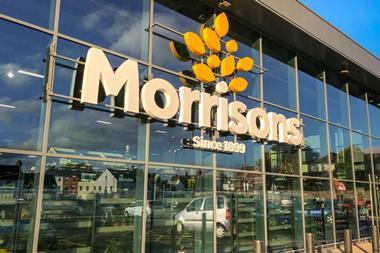Waitrose is showing signs of combating recessionary pressures with growth increasing to 4 per cent in the 12 weeks ending May 17, following the launch of its value line Essential.
The TNS Worldpanel grocery market share figures show the sector growing strongly at 5.8 per cent, although it has slowed slightly on April last year when the figure was 6.2 per cent.
Among the Big Four, Morrisons leads with annual growth of 7.9 per cent, taking its share up to 11.6 per cent, compared to 11.4 per cent last year. This is followed by Sainsbury’s with 7.8 per cent growth and Asda with 7.2 per cent growth, increasing their market shares to 16.3 per cent and 17.1 per cent respectively.
Tesco has slightly improved since April to 4.7 per cent, but this is behind the market and its share fell to 30.8 per cent compared to 31.1 per cent last year.
Discount retailers Aldi, Lidl and Netto have taken their combined market share up to 6.1 per cent, compared to 5.9 per cent. However, their combined growth rate of 9.4 per cent has slowed and is no longer running at twice that of the Big Four grocers.
Grocery price inflation has decreased since last month, now standing at 8.1 per cent.
Figures from Nielsen show sales in the grocery sector continue their dependence on cheap deals as promotions continue to run at record high levels.
Sales in grocery retailers grew at 5.1 per cent year on year in the 12 weeks to May 16. Morrisons leads with 7.9 per cent year on year sales, followed by Asda at 7.4 per cent and Sainsbury’s at 7.3 per cent growth respectively.
Tesco plods with market share stagnant at 28 per cent, and a smaller year on year growth of 4.8 per cent compared to its major competition.
Mike Watkins, senior manager retailer services at Nielsen, said: “Shoppers are currently looking for even more promotions with 32% of all sales being goods on offer in the four weeks to May 2009, another record high. Typically this time of year it is around 28%. Take this benefit away from shoppers and we would probably be looking at headline growths at the multiples some 1% less than the buoyant 5% we have seen since Easter.”




























No comments yet